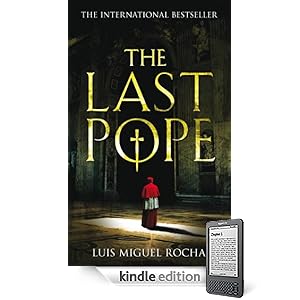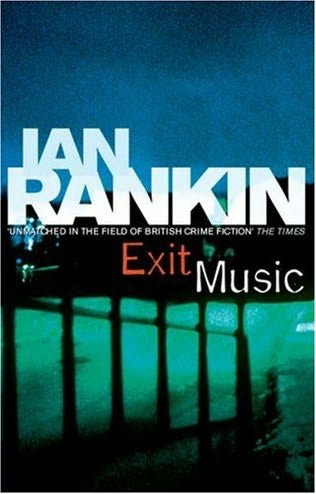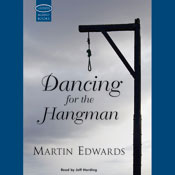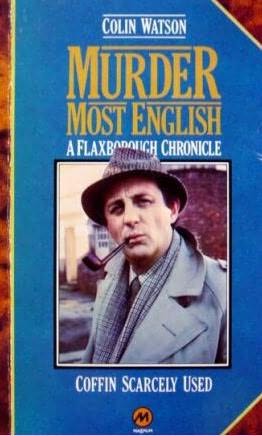Published in Portuguese 2008
translated into English (from Spanish?) 2009 by Dolores M. Koch
ISBN -10 0399154892
Read on my Kindle
Summary
Vatican City, 29 September 1978: the world wakes to the shocking news that Pope John Paul I is dead, just a month after his accession. Thirty years later, in London, young journalist Sarah Monteiro receives a mysterious package. Enclosed is a list of names and a coded message. Moments later an assassin attempts to silence her for good.
Pope Paul VI died quietly on 6 August 1978 and there were many who were surprised that the election of a new pope happened as quickly and as uneventfully as it did.
Don Albino Luciani never really wanted to be Pope. He was looking forward to returning to his quiet life in Venice after the conclave of cardinals had made its choice. He knew he wouldn't be a popular choice. He thought far too many of the Church's teachings needed modernising.
May God forgive you for what you have done to me.
- Albino Luciani to the cardinals who elected him pope on 26 August 1978.
His death only 33 days after his accession as Pope John Paul I was equally surprising. Sure, he had niggling ailments, but he was relatively young, and none were life threatening.
THE LAST POPE opens with a black-cassocked figure running for his life through the Secret Archives of the Vatican clutching some papers yellowed with age. Monsignor Firenzi seals the papers into a large envelope which he manages to post in a mailbox just before being shot and bundled into a waiting car.
The papers contain the seeds of the downfall of the Catholic Church, and are the last in a series of packages Firenzi has sent to strategic addresses across the world, to people he hopes will take the next step. They will continue the work that Pope John Paul I never got to complete.
I found THE LAST POPE structurally confusing. The opening passage takes place in "current time" (2008?), while chapter 2 drops back 30 years to the morning Don Albino is discovered dead, 29 September 1978. And then, with few clues apart from a chapter change, we are back in the present. We continue in the present for some time, but with changes of location, and the introduction of new characters whose identities are obscure. Eventually we will go further back in time to events prior to the election of Pope John Paul I.
I think the author recognised that readers might find the novel's structure difficult because towards the end, when the main events appear to be over, there is quite a long chapter of explanation. Here the author appears to be talking directly to the reader, separating fact from fiction. Historically speaking some of the characters have been created just for the story. But then, confusingly, he continues with the narrative, with his fictionalisation of what actually happened the night John Paul I died.
In the final chapter the author reveals his true colours. He has been contacted by the man who killed John Paul I and persuaded to write this book. He believes in a conspiracy theory, that the Roman Catholic Church is controlled by financial cartels that in turn owe their success to the CIA, to the Mafia, to a Masonic Lodge known as P2. He believes the election of Don Albino was contrived but backfired on those who thought they had put in place a Pope who would do their bidding.
I felt the fictional part of THE LAST POPE owed much to Dan Brown's DA VINCI CODE - secret papers, global conspiracy, a code to be cracked. The actions by a number of the characters, including the female "heroine", strained the bounds of credibility.
Others who've reviewed THE LAST POPE have shared my qualms about its structure and storyline. Reviews range from "fascinating thriller" to "fourth rate pulp fiction". I've read it for discussion with a face to face group I belong to and it will be interesting to see if they make it to the end, and what they make of it. For myself, the more I think about it, the more it grows on me. Perhaps I should re-read it...
My rating: 4.3
 Audio Book Challenge hosted at Royal Reviews.
Audio Book Challenge hosted at Royal Reviews.














